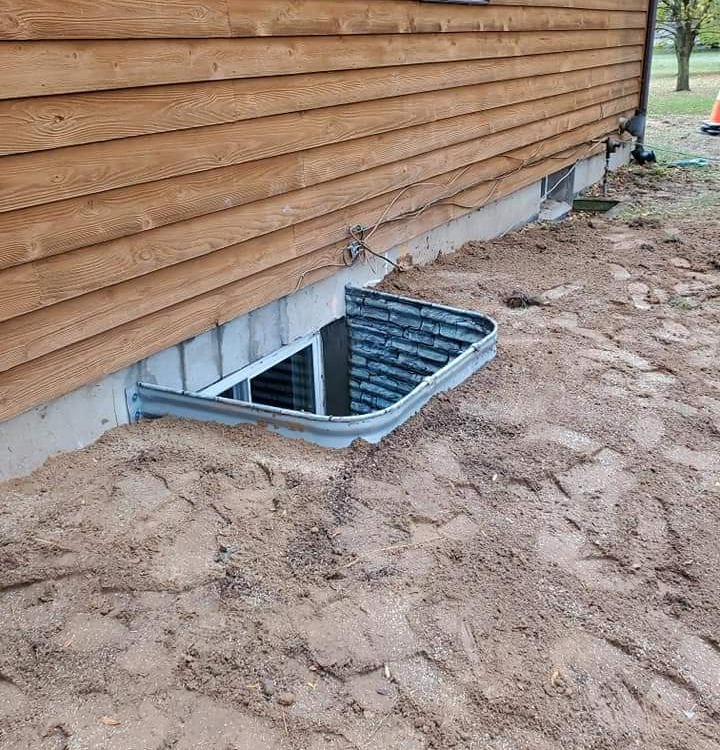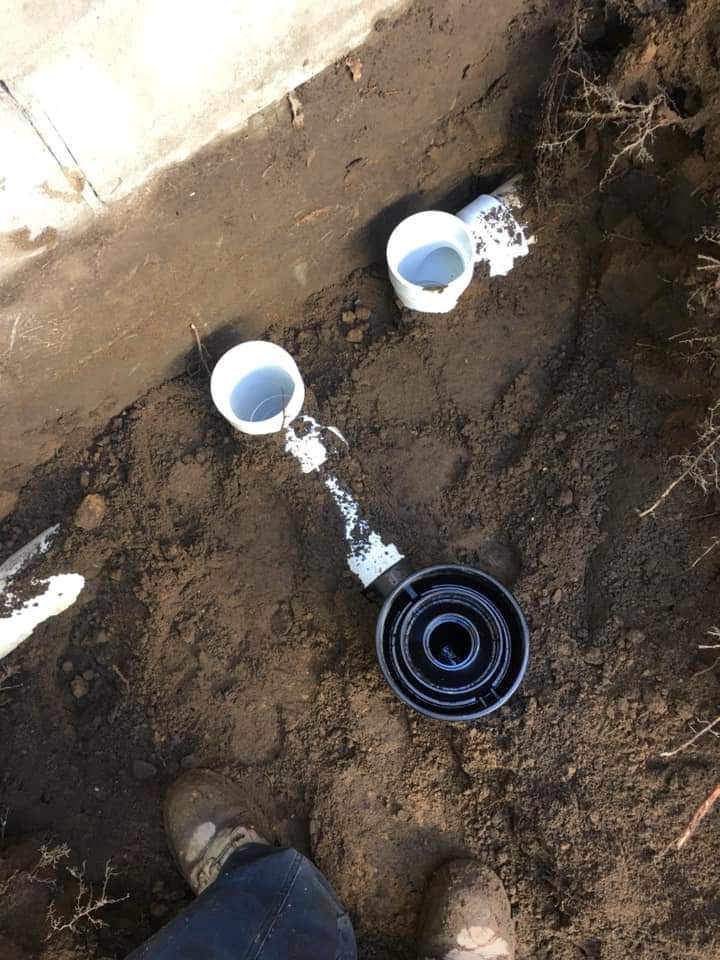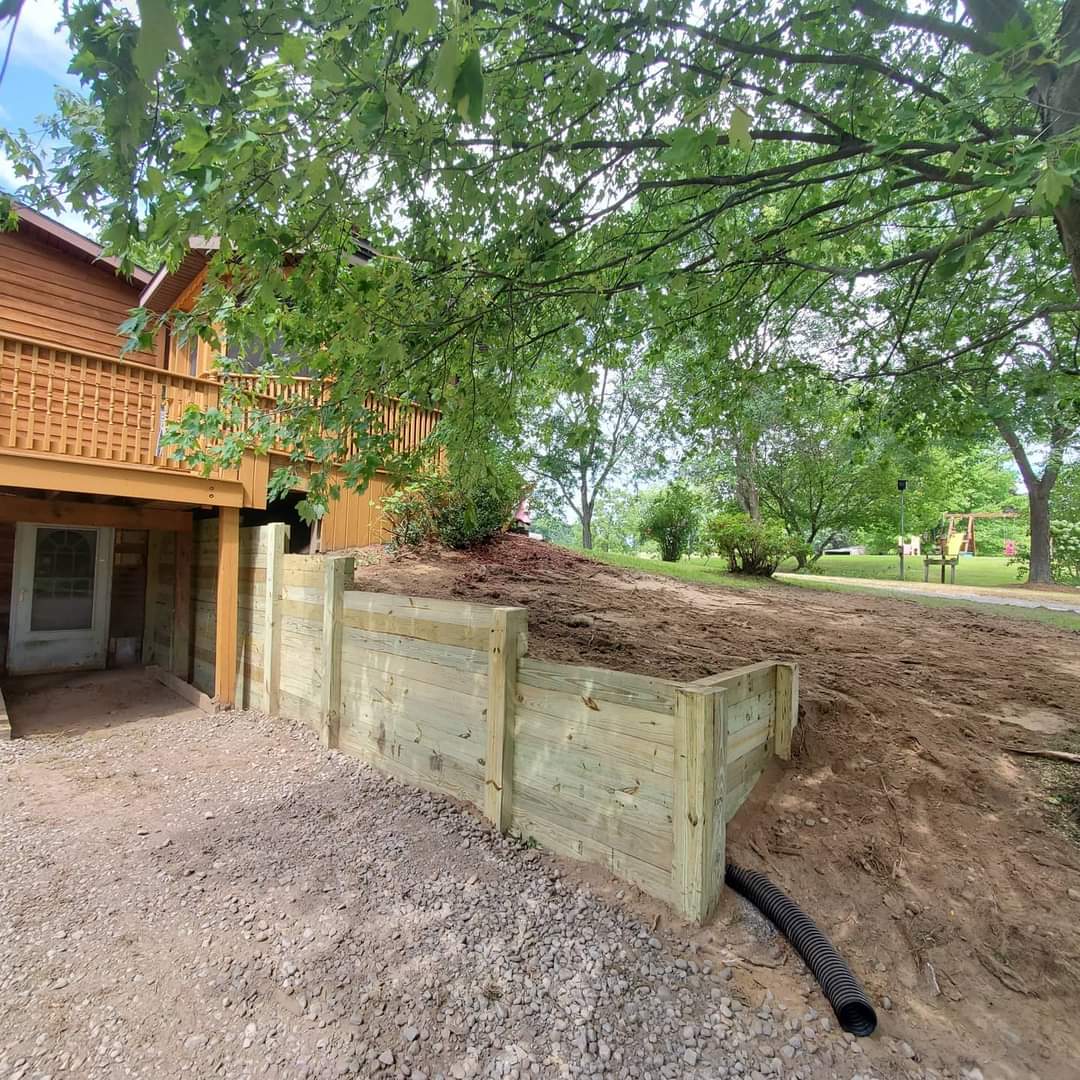We've been providing excellent service as
Crawl Space Contractors
...for over 20 years!
What is a Crawl Space?
A crawl space is a type of foundation that is typically found in homes with a basement. The crawl space is a narrow, crawl-able area between the first floor of the home and the ground.
The area is typically only large enough for a person to crawl through, hence the name. Crawl spaces are often used to access plumbing or electrical systems located in the basement. Additionally, crawl spaces can provide additional storage space for seasonal items or other belongings that are not used on a regular basis.
For homeowners, crawl spaces can be beneficial because they do not require as much maintenance as a full basement. However, crawl spaces can also be difficult to access and may be more susceptible to pests and flooding.
As a result, it is important to consult with an excavation contractor like D R Excavation before deciding if a crawl space is right for your home.
Crawl Space Basement
A crawl space basement is a type of basement that is built with a crawl space instead of having full walls.
This gives the homeowners access to the underside of the house, which can be useful for repairs or maintenance.
Crawl space basements are also typically less expensive to build than other types of basements.
However, they can be more vulnerable to water and pests, so it is important to take steps to protect your crawl space from these potential problems.
Taking these precautions will help to ensure that your crawl space basement remains a dry, safe, and comfortable place for your family.
Crawl Space Ventilation
Crawl spaces are commonly used in residential construction to provide additional storage and ventilation, or simply to create the appearance of additional floor space.
However, crawl spaces can pose a number of challenges when it comes to maintaining optimal humidity levels and ventilation.
Due to their cramped configuration and lack of flooring over top, crawl spaces are often susceptible to moisture build-up, which can lead to increased mold growth and other issues if left unchecked.
Additionally, because crawl spaces typically sit below ground level, they often have very little access to fresh air from the outside. This means that proper venting is crucial for maintaining airflow and preventing moisture accumulation.
Luckily, there are a number of simple solutions for ensuring adequate crawl space ventilation, including strategically placed vents along exterior walls or gable ends. By taking proactive measures in your crawl space design, you can help ensure that its integrity stays strong and that it serves as a useful living space for years to come.
Crawl Space Insulation
To successfully insulate a crawl space, it is important to use high-quality materials that are resistant to degradation from the environment.
One of the most common crawl space services involves the installation of foam boards on the crawl walls.
These materials are specially designed to be moisture and mold-resistant, meaning they will help keep your crawl space warm and dry for years to come.
This can be beneficial for a number of reasons, including helping to prevent heat loss and reducing moisture buildup.
Additionally, crawl spaces can also be insulated from below by installing a vapor barrier over the crawlspace floors.
With proper crawl space insulation in place, you can enjoy peace of mind knowing that your home is better equipped to deal with extreme winter weather conditions.
Tips for Maintaining Your Crawl Space
There are a number of things you can do to maintain your crawl space and keep it in good condition.
Most importantly is to ensure that the crawl space is properly ventilated. This will help to prevent moisture buildup and reduce the risk of mold growth or structural damage.
In addition, you should also try to limit how frequently you crawl around inside your crawl space.
This can help prevent dirt, debris, and other contaminants from entering your crawl space and causing further problems. If you insist on using it often, take extra time to keep it clean.
Finally, it is also important to regularly inspect your crawl space for any signs of wear or damage, such as cracks in the foundation or leaks in the crawl space ceiling.
With these tips in mind, you can effectively take care of your crawl space and keep it in top condition for many years to come.
FAQ's About Crawl Spaces
Contact Us Today For A Free Quote
Our company has years of experience in excavating all sorts of land, from small residential properties to large commercial ones. We have the equipment and manpower to get the job done quickly and efficiently. Contact us today to get started on your project!




